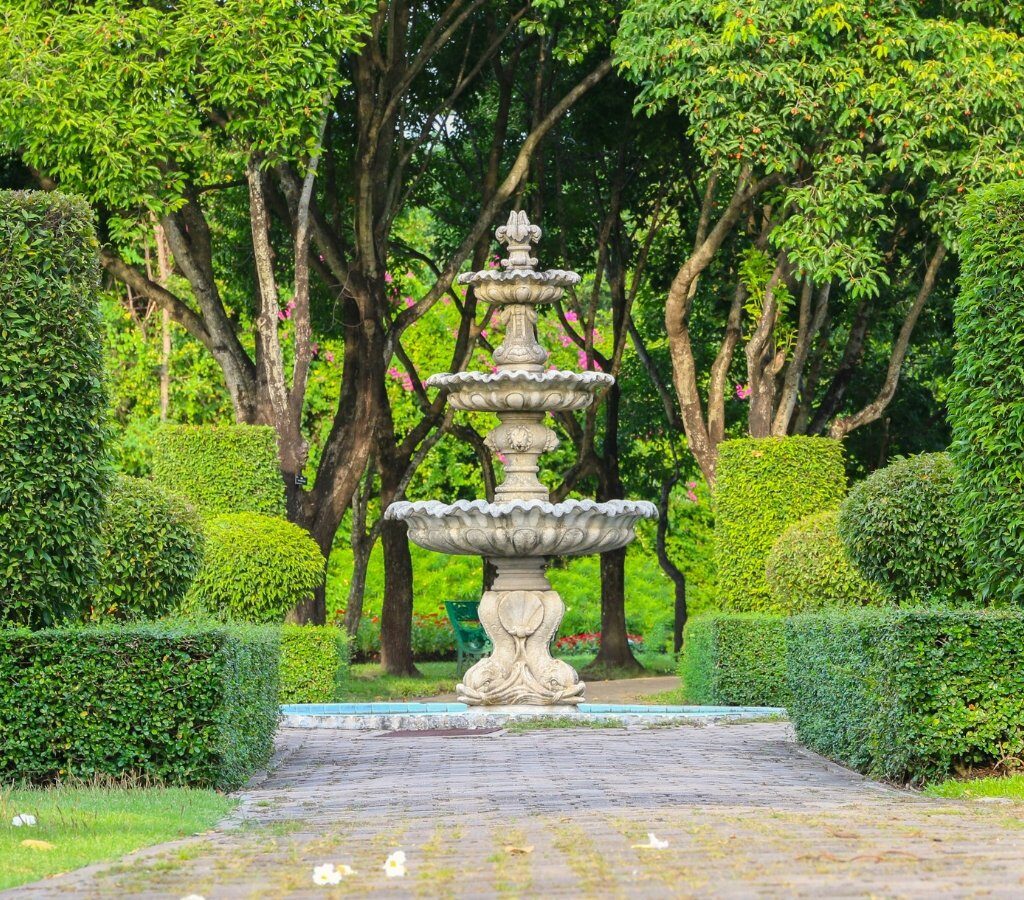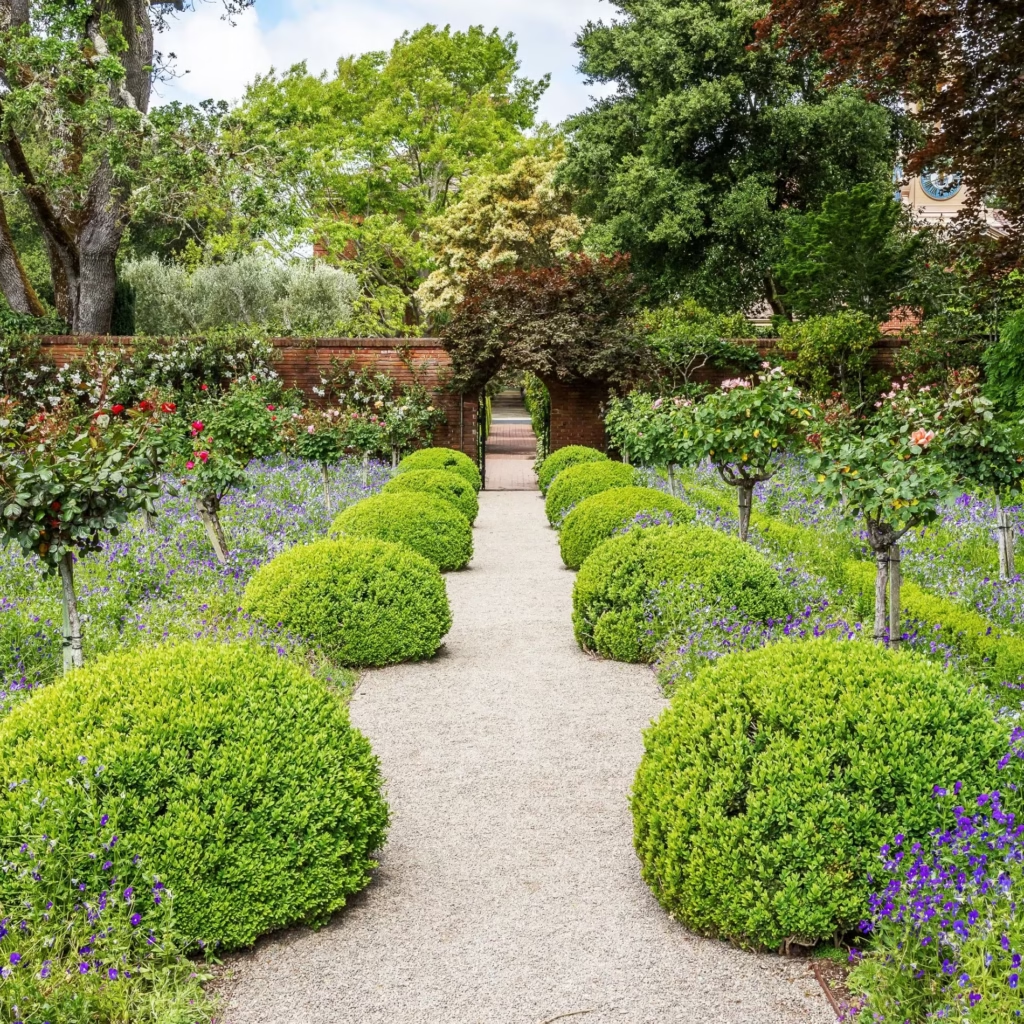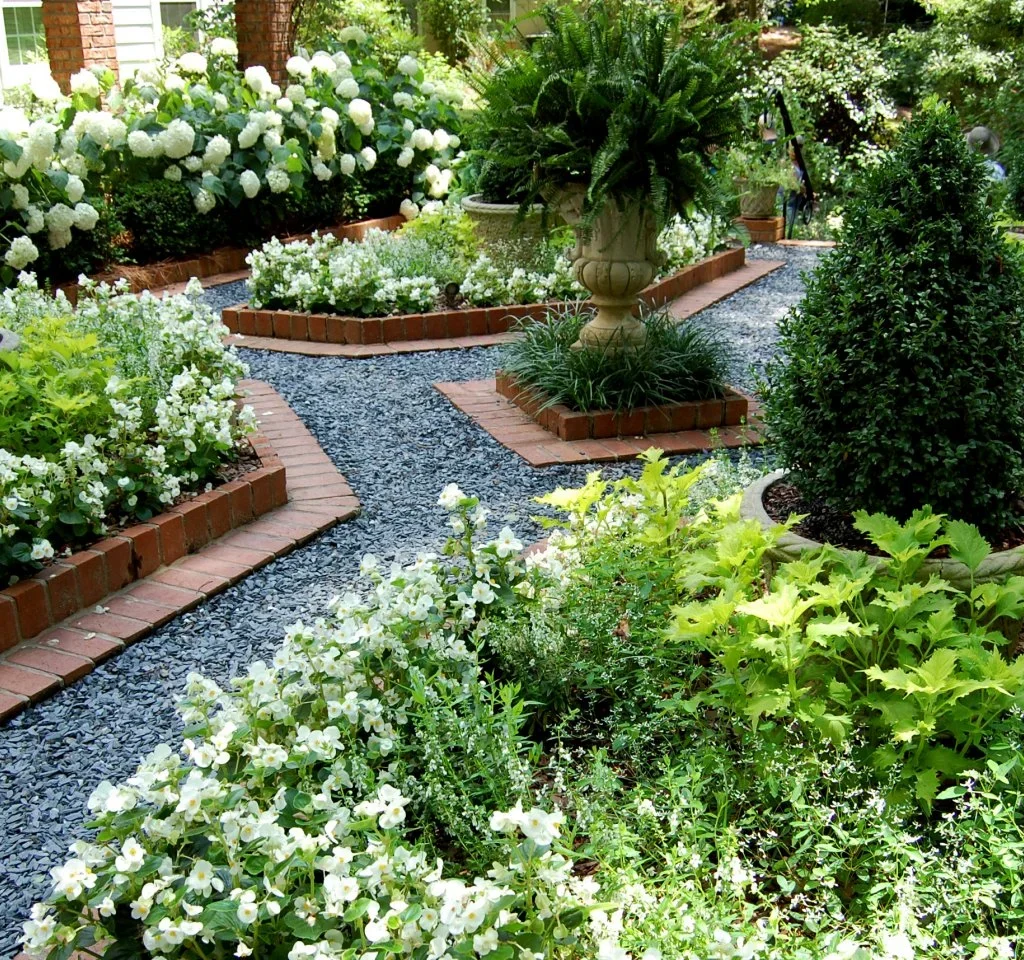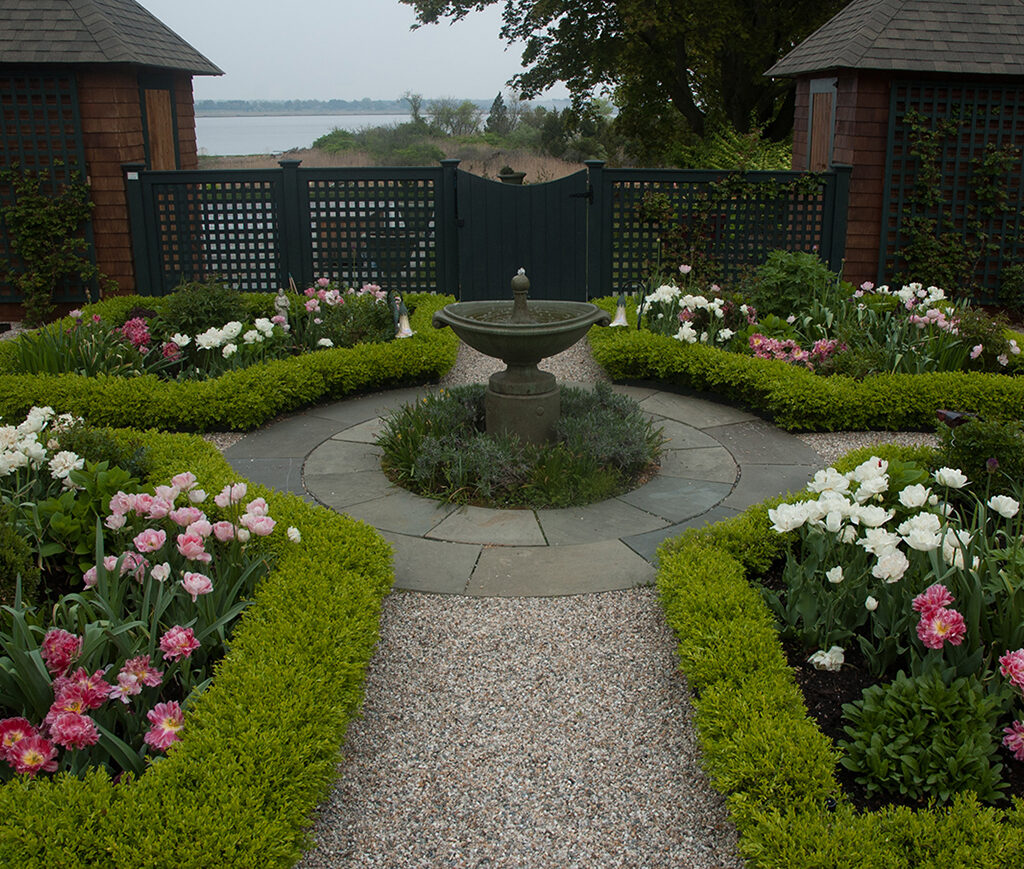For centuries, formal gardens have been admired for their timeless beauty, order, and balance. From the grand estates of Europe to the manicured courtyards of traditional palaces, symmetry has always been the hallmark of formal landscaping. At the heart of this tradition lies the symmetrical flower bed, a design element that blends structure with seasonal vibrancy. Unlike informal, free-flowing beds, symmetrical flower beds embody precision, discipline, and artistry, transforming outdoor spaces into living works of geometry.
This article explores the concept of symmetrical flower beds for formal gardens, delving into their history, design principles, plant choices, layout ideas, and maintenance requirements. By understanding how symmetry elevates garden design, homeowners and landscapers can create elegant spaces that echo classical beauty while still allowing for modern interpretations.
The Appeal of Symmetry in Gardens

Symmetry has always been associated with harmony, order, and stability. In gardens, it serves not just an aesthetic purpose but also a psychological one, creating a sense of calm and balance.
- Historical Influence
- Symmetry is deeply rooted in classical garden design. Renaissance and Baroque gardens, particularly in France and Italy, used geometric layouts to display power and control over nature. Versailles, with its perfectly aligned parterres and flower beds, is perhaps the most famous example.
- Visual Balance
- Symmetry ensures that every part of the garden reflects or mirrors another, making the design pleasing to the eye. Visitors are instinctively drawn to the orderliness, which makes spaces feel larger, more organized, and grander.
- Timeless Elegance
- While garden trends come and go, symmetrical layouts never fall out of style. They are adaptable, fitting both historical and contemporary garden settings.
Design Principles of Symmetrical Flower Beds

Creating symmetrical flower beds requires careful planning and an eye for precision. Here are the key principles:
- Central Axis
- A straight line, often created by a pathway, fountain, or sculpture, serves as the garden’s backbone. Flower beds are then mirrored on either side of this axis.
- Geometric Shapes
- Circles, squares, rectangles, and triangles dominate symmetrical garden design. Beds are arranged in these shapes and often bordered with clipped hedges.
- Repetition
- Repetition of plants, colors, and patterns reinforces balance. For instance, if lavender lines one side of a path, the same should be mirrored on the other.
- Proportion and Scale
- Beds should be sized proportionately to the garden. Too large, and they overwhelm; too small, and they lose their visual impact.
- Focal Points
- Central features such as fountains, sundials, statues, or ornamental urns anchor symmetrical layouts, giving the eye a clear resting point.
Plant Selection for Symmetrical Beds

The success of symmetrical flower beds lies in uniformity and consistency. Plants should be chosen not only for their beauty but also for their ability to maintain structure.
1. Structural Plants
- Boxwood (Buxus): The quintessential plant for edging and geometric shapes.
- Yew or Privet: Tall hedges that create strong lines.
- Topiary Evergreens: Add sculptural interest while reinforcing symmetry.
2. Seasonal Blooms
- Spring: Tulips, daffodils, hyacinths—perfect for colorful geometric displays.
- Summer: Roses, petunias, salvias, geraniums—add vibrancy and fragrance.
- Autumn: Chrysanthemums, asters, sedum—ensure late-season symmetry.
- Winter: Evergreen shrubs, hellebores, and ornamental cabbages keep beds attractive.
3. Color Palettes
- Monochrome: Using one color (e.g., white tulips or red roses) creates a formal, cohesive look.
- Contrasting Pairs: Blue and yellow, purple and white, or red and pink create striking symmetry.
- Seasonal Shifts: Rotate colors with the seasons to keep the layout fresh while maintaining order.
Layout Ideas for Symmetrical Flower Beds

- Mirror Image Beds Along a Pathway
- Place identical rectangular beds on either side of a walkway. Fill with matching plants for a perfect reflection.
- Central Circular Bed with Radiating Symmetry
- Position a round bed at the center with a statue or fountain, then arrange smaller symmetrical beds radiating outward.
- Quadrant Design
- Divide a square or rectangular space into four smaller beds with crossing paths. Each quadrant mirrors the others, forming a balanced parterre.
- Formal Border Symmetry
- Line both sides of a driveway or avenue with symmetrical flower borders. Lavender, roses, or clipped hedges work especially well here.
- Reflective Pool Integration
- A reflecting pool in the center, flanked by identical flower beds on both sides, doubles the visual impact.
Symmetry and Hardscaping
Formal gardens often rely on hardscaping (non-plant elements) to strengthen symmetry. Flower beds work beautifully alongside:
- Paved Pathways: Straight gravel or stone paths divide symmetrical beds.
- Fountains and Urns: Provide central focal points.
- Benches or Arbors: When placed opposite each other, they emphasize balance.
- Walls and Hedges: Frame the space and reinforce geometric order.
Practical Tips for Creating Symmetrical Beds

- Start Small
- Beginners may find large symmetrical gardens challenging. Begin with a small mirrored pair of beds and expand gradually.
- Use Edging for Precision
- Metal, stone, or boxwood edging ensures crisp lines that maintain shape year after year.
- Plan Planting in Advance
- Sketch the design on paper to ensure correct proportions and mirrored placement.
- Maintain Rigorously
- Symmetry requires regular trimming, pruning, and deadheading. A slightly unkempt bed can throw off the entire effect.
- Incorporate Evergreens
- Use evergreen plants as a backbone so the symmetry remains visible year-round, even when seasonal flowers fade.
Benefits of Symmetrical Flower Beds
- Instant Grandeur: Even small spaces gain elegance through symmetry.
- Ease of Navigation: Clear, mirrored pathways guide movement through the garden.
- Low Confusion in Planting: Once one side is planted, the other mirrors it—reducing guesswork.
- Versatility: Works in courtyards, estate gardens, and even front yards with minimal space.
- Year-Round Beauty: With evergreens and rotating seasonal plants, beds remain attractive in every season.
Examples of Symmetrical Flower Bed Designs
- French Parterre Garden: Intricate, knot-like designs filled with seasonal blooms and clipped boxwood.
- Italian Renaissance Courtyard: Square beds with citrus trees, roses, and gravel pathways in perfect symmetry.
- Modern Minimalist Symmetry: Beds of ornamental grasses and monochromatic flowers flanking a sleek water feature.
- English Manor Style: Lavish rose beds aligned around a central fountain.
Maintenance Challenges and Solutions
While symmetrical flower beds are stunning, they demand consistent care:
- Challenge: Overgrowth disrupts balance.
- Solution: Regular pruning and shaping, particularly for hedges and topiary.
- Challenge: Uneven flowering seasons.
- Solution: Plant a mix of perennials and annuals to ensure continuity.
- Challenge: Soil depletion in repetitive planting areas.
- Solution: Rotate annuals and amend soil annually to maintain fertility.
- Challenge: Precision planting can be time-consuming.
- Solution: Use planting guides or grids to simplify spacing.
Conclusion
Symmetrical flower beds are the essence of formal garden design, embodying elegance, balance, and timeless beauty. Rooted in classical traditions yet adaptable to modern settings, they offer a structured approach to gardening that emphasizes geometry, precision, and repetition. By carefully selecting plants, adhering to principles of proportion and scale, and integrating hardscaping, gardeners can create layouts that feel harmonious and grand.
While maintaining symmetry requires commitment, the reward is a garden that exudes order and grace in every season. For anyone aspiring to design a formal garden, symmetrical flower beds are not just an option—they are the foundation of an enduring legacy of garden artistry.





